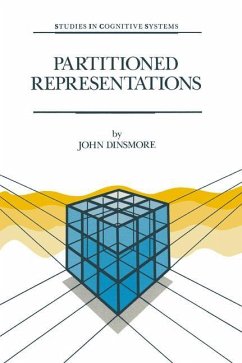
Representing Direction in Language and Space
Versandkostenfrei!
Versandfertig in 1-2 Wochen
28,99 €
inkl. MwSt.

PAYBACK Punkte
14 °P sammeln!
The fast growing interdisciplinary research area of 'language and space' investigates how language and representations of space are linked in information processing systems, like the brain. This is the first book in a new series at the forefront of research in the interfaces between brain, perception, and language. When we use directions in language, such as 'under the tree', how are these directions represented in our minds before we even start speaking, and how are directions expressed in different languages? Considering the way in which language and space are linked has consequences for the...
The fast growing interdisciplinary research area of 'language and space' investigates how language and representations of space are linked in information processing systems, like the brain. This is the first book in a new series at the forefront of research in the interfaces between brain, perception, and language. When we use directions in language, such as 'under the tree', how are these directions represented in our minds before we even start speaking, and how are directions expressed in different languages? Considering the way in which language and space are linked has consequences for theories on word meaning (linguistics and philosophy), for the construction of language-to-space interfaces (computer science), for our comprehension of how people use language in different contexts and cultures (psychology and anthropology), and for the way in which we can distinguish between normal and subnormal cognitive processing (neuroscience).














